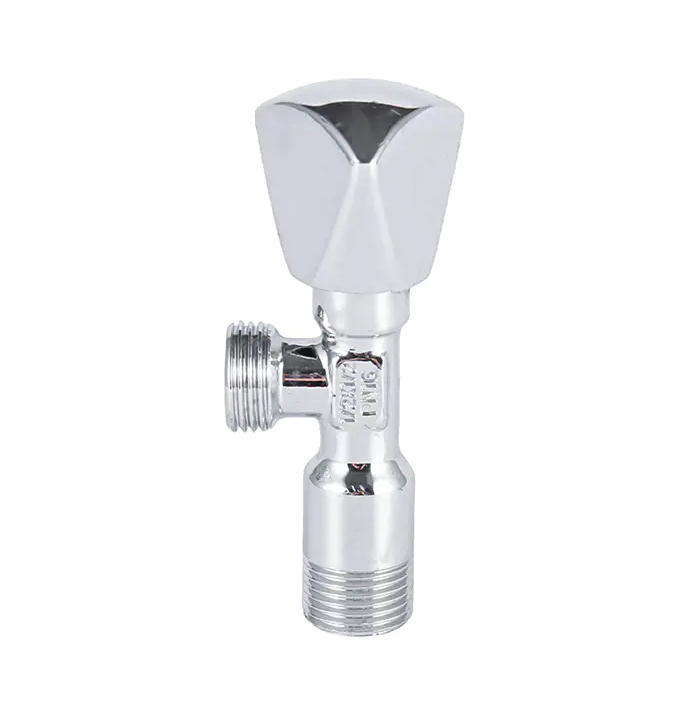Y-type ball valves are widely used in various fluid handling systems due to their unique design and versatility. The Y-shape allows for a smoother flow path and minimizes resistance compared to traditional straight-through ball valves. This configuration is particularly useful in systems that handle viscous fluids or require frequent maintenance.
These valves feature a spherical closure element that rotates within the valve body to control fluid flow. By turning the handle, the valve can be opened, closed, or partially throttled to adjust flow rates. The Y-type design also reduces turbulence and pressure drop, which helps maintain system efficiency and performance.
Installation of a Y-type ball valve requires careful alignment with piping systems to ensure proper operation. They are commonly used in water treatment, chemical processing, and oil and gas pipelines. Materials for Y-type valves vary based on application needs, including stainless steel, carbon steel, and alloy metals, offering resistance to corrosion and high temperatures.
Maintenance of Y-type ball valves is straightforward. The valve can be removed or inspected without fully dismantling the pipeline, which reduces downtime. Seals and gaskets are designed for durability, but periodic checks are recommended to ensure reliable operation.
In addition to controlling flow, Y-type ball valves can be integrated into automated systems using actuators for remote operation. Their compact design and smooth operation make them suitable for both high-pressure and low-pressure environments. Choosing the right valve size and material is essential for optimal performance in any system.
Y-type ball valves provide reliable flow control, ease of maintenance, and adaptability across different industries. Their design ensures minimal pressure loss and contributes to the longevity of fluid systems, making them a practical solution for many applications.

